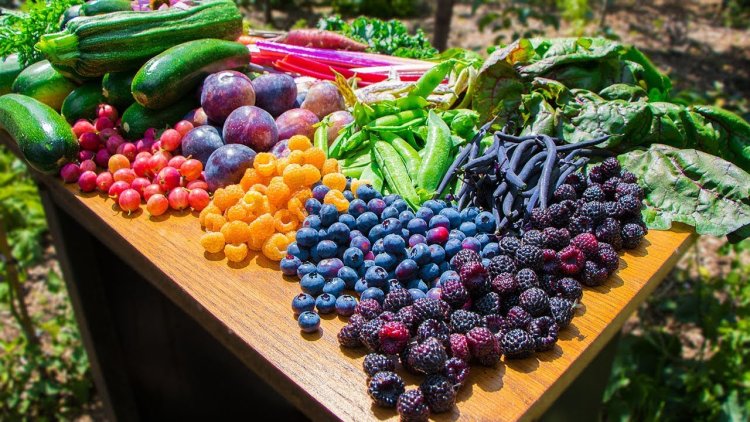Cultivating Sustainability: Investigating Permaculture Gardening for Better Food and Environments

In an era where food sustainability and environmental issues are top priorities, permaculture gardening provides a comprehensive method of growing food while restoring the soil. Originating in "permanent agriculture," permaculture stresses collaborating with nature rather than opposing it to build sustainable ecosystems that support both people and the environment. Permaculture gardening provides a route to healthy food production and surroundings by fusing ideas from ecology, design, and ethics.
Knowing Permaculture Gardening: Fundamentally, permaculture gardening is the practice of creating robust, self-sustaining food systems by imitating natural ecosystems. This is creating landscaping that optimize biodiversity, enhance soil health, save water, and reduce waste. Permaculture gardening's guiding ideas include observation, variety, integration, and careful design.
Observation: The foundation of permaculture is close observation of the natural processes and patterns in the surroundings. Gardeners can choose plants, manage water, and arrange designs with knowledge of the geography, temperature, and current ecosystems on the property.
Diversity:The foundation of permaculture gardening is biodiversity. Gardeners who grow a diverse range of plants—edible crops, fruit trees, herbs, and native species, among others—build robust ecosystems that are less vulnerable to diseases, pests, and temperature swings.
Integration: The interdependence of garden components is stressed by permaculture. Viewed as essential components of a sophisticated and mutually beneficial system are plants, animals, soil, water, and microorganisms. For instance, permaculture gardening commonly uses companion planting, which means growing suitable species together to promote development and discourage pests.

Sustainably and efficiently designed is a cornerstone of permaculture gardening. Water retention and erosion are increased and decreased by means of techniques including contour planting, swales, and rainwater harvesting. Composted, mulched, and using renewable energy sources also lessen waste and dependency on outside resources.
The ecosystem as well as people can gain much from permaculture gardening.
- Healthier Food: Permaculture gardens provide people and communities healthier food alternatives by growing organic, nutrient-dense vegetables free of synthetic pesticides and fertilizers.
- Environmental Restoration: By encouraging soil health, biodiversity, and carbon sequestration, permaculture gardening helps to restore damaged landscapes and slow down climate change.
- Water Conservation: Permaculture gardens reduce water use and encourage it through methods like mulching, rainwater collecting, and effective watering.
- Community Building: By distributing information, materials, and extra produce with neighbors and local food networks, permaculture gardening promotes community engagement and resilience.
- Personal Empowerment: People that practice permaculture gardening are better able to live more sustainably, interact with nature, and take charge of their food production.
CONCLUSION
In conclusion, regenerative and all-encompassing methods to food production and environmental care are provided by permaculture gardening. Through the application of the ideas of observation, diversity, integration, and careful planning, people may grow gardens that not only yield wholesome food but also enhance the general health and vitality of the environment. A ray of hope amid the growing environmental problems is permaculture gardening, which shows that sustainable living is not only feasible but necessary for a prosperous future.
What's Your Reaction?


















